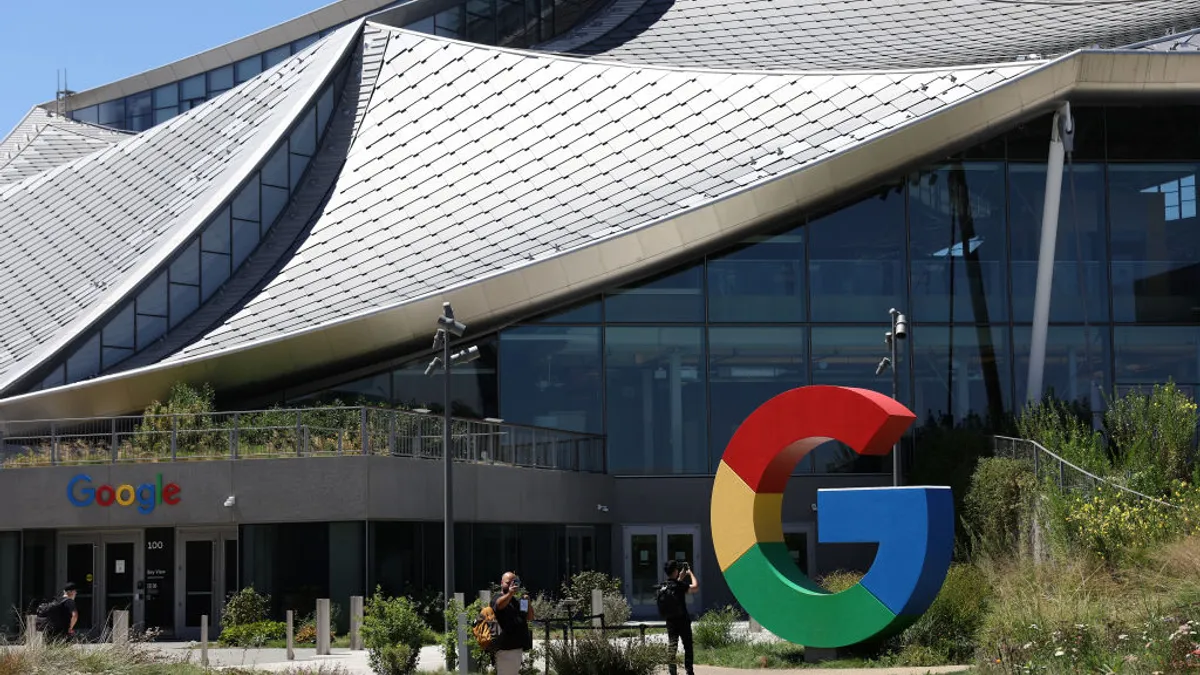The following is a guest post from Ken Harlan, founder and CEO of mobile advertising company MobileFuse. Opinions are the authors' own.
The blocking of third-party cookies and recent switch by Apple to opt-in for accessing IDFAs is a result of the advertising industry finding it increasingly difficult to target and track audiences. Additionally, Google is expected to follow suit with AAIDs, too, furthering the deprecation of deterministic audience and measurement technologies. For many, this increased focus on privacy is welcome — it's hard to dispute that tech designed to improve user experiences through personalized advertising have also diminished privacy standards.
But what are the longer-term advertising implications of these changes, and what should digital marketers keep in mind going forward?
Identify changes
While much ado around the death of cookies exists, the reality is only third-party cookies are impacted. For background, a first-party cookie can only be set and read by the host domain, and these are generally used to add functionality for the site itself, such as remembering a login ID to bypass the login procedure with every visit.
A third-party cookie, however, is set and read by a separate entity, which then collects and stores the data captured by that cookie. A vendor with third-party cookies on multiple sites — like those created by the Facebook Login plugin — can easily track an individual's online behavior, potentially capturing personal information and browsing histories. It's important to note third-party cookies are not completely forbidden, and generally expire in 24 hours if not refreshed. This loophole has important implications.
On the IDFA front, marketers are frantically searching for alternatives to deterministically target and measure audiences on mobile. This exploration bolsters interest in leveraging tools from the ad industry's past, but supercharging them with today's technological capabilities. Specifically, there's surging interest around contextual targeting — messaging that considers the local environment (not just the context of the page) to serve the most resonant ad, all while sidestepping the need for deterministic device IDs.
Inevitability for all
For large players, the immediate impact of an IDFA-free world is still being realized. Facebook recently stated how Apple's changes will harm its ability to place personalized ads, potentially cutting more than 50% of its Audience Network advertising business.
From a cookie perspective, dominant players like Facebook and Google will see some contraction, but they're ubiquitous enough that their third-party cookies have a high likelihood of being refreshed within the 24-hour expiration limit — either through direct visits to owned properties or through logins and visits to affiliates. That said, the combination of large aggregators capturing information across a massive portion of the web — and the lack of transparency around such strategies — resulted in pushback in the form of legislation (CCPA and related policies) and technical limitations (cookie deprecation). It's not farfetched to expect new legislative developments will occur.
For smaller players in the industry, however, the likelihood of refreshing within the 24-hour window drops dramatically. The net result will be a magnification of current trends, where large players and walled gardens have access to deterministic cookie tracking data while smaller players see further reductions in scale. Without a specific identifier to activate audiences against — like the IDFA that consumers opt in to — audience solutions available today will decrease significantly in size.
As privacy increasingly becomes a top-of-mind issue across the board, there's heightened interest in population-based targeting and tracking built from deep analysis of a given demographic.
Renaissance of probabilistic
The end of marketers' reliance on readily available targeting and tracking technologies forces a sort of renaissance in probabilistic tech. We're already seeing a renewed interest in methods for measuring KPI lift from aggregated population behaviors, as opposed to deterministic counts, and we expect this trend to continue.
While monitoring an individual's movements and actions can provide interesting insights, marketers should also prepare to invest in the development of tech that converts probabilistic data into actionable insights. This approach provides a solution that avoids end-user privacy concerns and the related negative impacts on brands that rely on individual tracking technologies. Given the maturity and accessibility of machine learning and massive datastores, it's viable for small- and mid-size players to pivot to providing probabilistic insights that go far beyond what was previously available in a non-deterministic context.
The recent changes to our industry cause a fair amount of concern, but they are far from a death blow. It's true our industry will have to adapt, but the proven fundamentals of digital marketing will remain a critical piece of campaign success. Let's not forget that money invested in a highly creative ad campaign, on average, nearly doubles the sales impact than that of money spent on a non-creative campaign. As our practices evolve, the end result will be more sophisticated marketing approaches. While the walled gardens may initially appear to have a tight grip on the market due to the first-party data they've accumulated, they also face serious challenges in terms of data-sharing and public perception — laying the foundation for a new era of digital marketing.



















